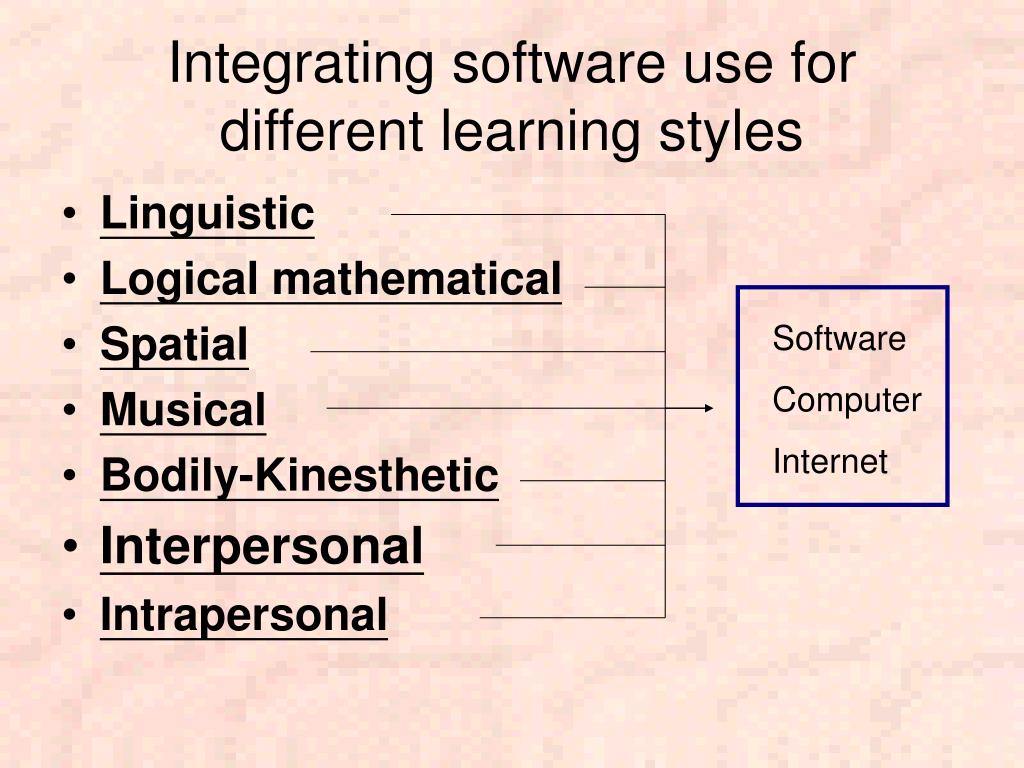
#Spatial mind organizer software#
Although promising, these results led us to the conclusion that a prerequisite for the thorough investigation of the three-dimensional disposition of other NOR proteins would be the availability of software that allows for high-quality and interactive three-dimensional visualization. Using this technique, we were able to reveal the high three-dimensional complexity of such structures ( Gilbert et al., 1995). We have previously shown that the optical sectioning capacity of confocal microscopy renders feasible the simultaneous study of RPI relative to chromosomes throughout entire cells during interphase and mitosis. Consequently, these elements provide useful protein markers of these genes during mitosis.

Moreover, the transcriptional machinery, composed of RNA polymerase I (RPI) and associated with upstream binding factor (UBF) and SL1, remains associated with the rDNA genes within mitotic NORs ( Scheer and Rose, 1984 Chan et al., 1991 Rendon et al., 1992 Roussel et al., 1993, 1996 Zatsepina et al., 1993 Gilbert et al., 1995 Weisenberger and Scheer, 1995 Jordan et al. For this purpose, ribosomal DNA (rDNA) genes (coding for rRNA) are good candidates because they are amplified (200–500 copies per diploid cell) and are strictly segregated into secondary constrictions of acrocentric chromosomes during mitosis, the nucleolar organizer regions (NORs) ( Hadjiolov, 1985 Thiry and Goessens, 1996). The second reason is the difficulty of performing simultaneous high-resolution, three-dimensional investigation of mitotic chromatin within three-dimensional, well-preserved cells and the localization of a given set of genes. The first reason is the high number of chromosomes within human cells and their dramatic spatial movements during condensation, congression, and separation. However, although these studies reveal a nonrandom organization, they do not provide data concerning the precise three-dimensional organization of all of the chromosome sets during all the steps of mitosis within entire human cells, or the three-dimensional localization of given genes relative to chromosomes. Such a nonrandom organization was clearly evidenced by the diametral position of homologous chromosomes in human mitotic fibroblasts after chromosome painting of entire chromosomes ( Nagele et al., 1995). However, by performing statistical analyses of chromosome positions within spread metaphases, cytogeneticists have proposed several models for the nonrandom organization of chromosomes within the mitotic cell (reviewed in Oud et al., 1989), which could account for the preferential recombination that occurs in some cancers ( Mitelman and Heim, 1990). In contrast, mitosis appears to be a disorganizing event, because it is characterized by RNA synthesis down-regulation, chromosome condensation, nuclear envelope breakdown, and chromosome rearrangements. A typical organization of chromosomes during interphase, the Rabl orientation, in which centromeres and telomeres are clustered at opposing sides of the nucleus, has been demonstrated in some cell types ( Hochtrasser et al., 1986) but is not generalized ( Chaly and Brown, 1988 Ferreira et al., 1997). Equally, interphase chromosomes are not distributed throughout the whole nuclear volume but are clustered in territories ( Haaf and Schmid, 1991 Cremer et al., 1993 Spector, 1993), whose spatial organization changes relative to cell activity ( Haaf et al., 1990), differentiation ( Xing et al., 1995), and steps within the cell cycle ( Fergusson and Ward, 1992 Vourc’h et al., 1993).

It is now widely accepted that the cell nucleus is a highly organized volume, as revealed by the localization of nuclear functions such as DNA replication, RNA transcription, and RNA maturation within specialized domains ( Spector, 1993 Strouboulis and Wolffe, 1996).


 0 kommentar(er)
0 kommentar(er)
